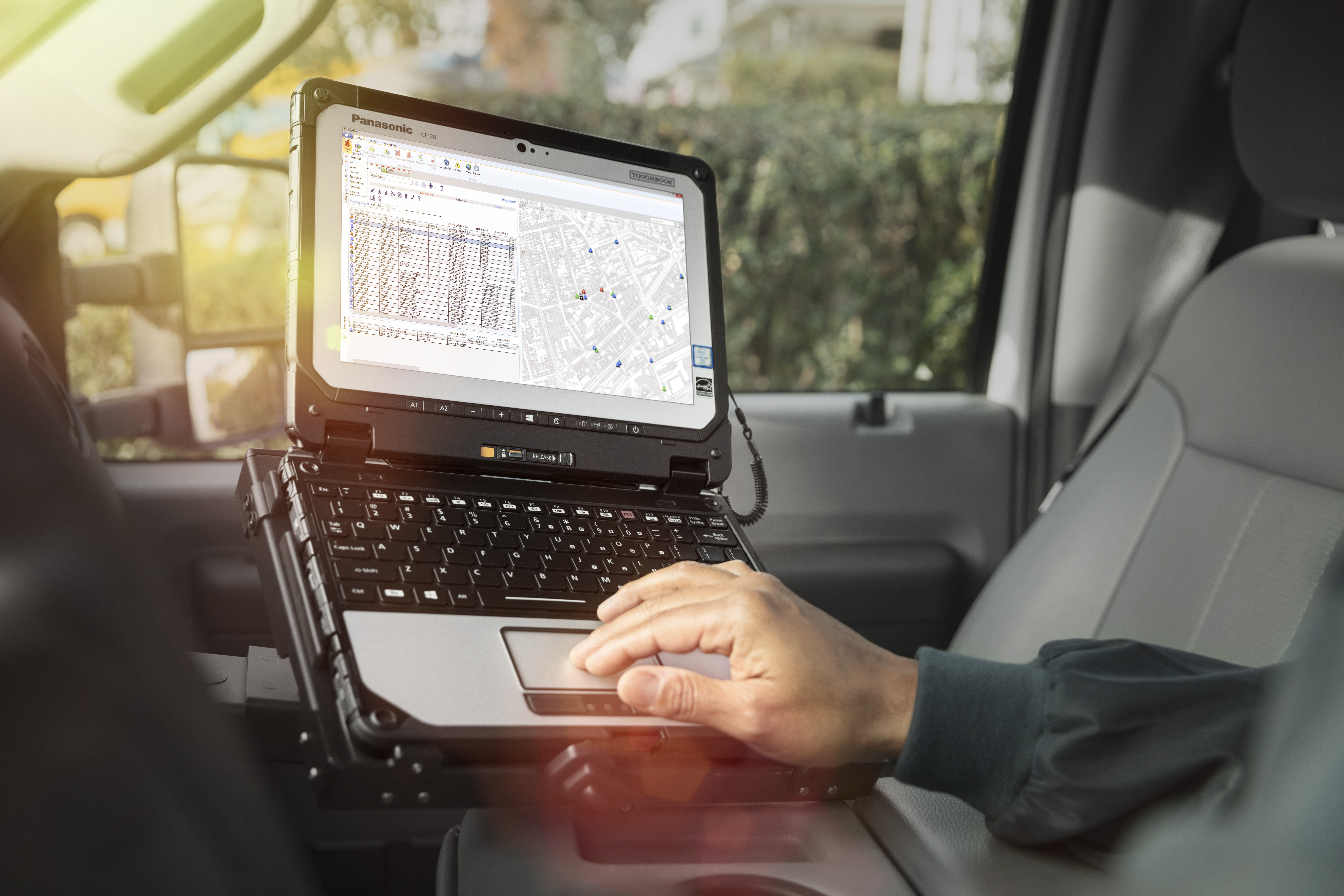Smart Utilities for Smart Cities
Smart cities—cities that use connected sensors, high-speed communication networks and real-time data to improve energy and water usage, traffic flow, security and air quality—are here today. And there are more coming on board all the time. According to the National League of Cities, two-thirds of U.S. cities are investing in smart city technology, and even more are exploring the idea.
Many cities are relying on utilities to lead the way with “smart initiatives”. And utilities have accepted the challenge, helping develop the infrastructure for smart cities. In the process, they are also modernizing their own infrastructure. Energy companies, for example, are dealing with customers who demand more capacity. By upgrading their energy grids, they are serving two purposes; future-proofing their service, and providing a backbone for other smart city initiatives that may need that grid.
Modernizing the Grid
Grid modernization, in fact, is one of the most important infrastructure upgrades that utilities can provide to cities—so important that three-quarters of electric utilities either have already modernized their grids or are currently developing one. Sometimes called an “active grid” or “connected grid”, it’s essentially a more flexible, intelligent, networked, distributed, secure and modular electrical ecosystem. In an active grid, smart devices interact with energy resources, communicating real-time information back and forth.
Once an active grid is in place, cities can become much “smarter”. For example, cities can now replace energy-wasting street lights with smart LED street lighting. This improves energy consumption and increase security. The active grid also is a backbone for smart traffic management, smart waste management, smart meters, and much more.
Internet of Things (IoT) technology goes hand in hand with grid modernization. The internet-based sensors in water or gas meters, for example, is what allows them to communicate valuable information to the water utility. These connected devices also are much less expensive to operate and maintain; not only do the batteries last much longer, but meters can be read by a central system instead of meter readers sent on foot to each location. And because readings are much more accurate, customers also save by paying only for the water, electricity or gas they use. According to Frost and Sullivan, cities around the world will be installing 85 million smart meters annually by 2025.
The Right Infrastructure Makes a Difference
For utilities, the key is finding a good way to integrate IoT technology and data into the infrastructure and mobile workforce. According to research from Zpryme, less than 10 percent of utilities have a solid strategy for incorporating IoT into their mobile workforce. Yet the same survey found that utilities understand the benefits it can bring: improved operational efficiency, access to real-time information, and reduced restoration time. Getting there requires infrastructure improvements to back office system integration, real-time analytics, mobile device reliability and better support to IT field workers.
Mobility is critically important in making smart cities run smoothly. Outfitting utility workers with rugged mobile devices ensures that they can connect to high-performance management systems and continue working in all types of conditions. That type of reliability is critical to improving service and return on investment in the smart city.
While it can take some time to get there, the payoff is well worth it—for the utility, and for the city. The City of Colorado Springs, in concert with Colorado Springs Utilities, is seeing those benefits firsthand. The city’s smart city initiative, called SmartCOS, aims to use technology like IoT and a modernized grid to improve energy and utilities, buildings and sustainability, transportation and mobility, and city services. This work in progress aims to be the city of the future—sooner rather than later.
Panasonic’s technology is helping make smart cities a reality. See Panasonic in action at Itron Utility Week.
![]()

